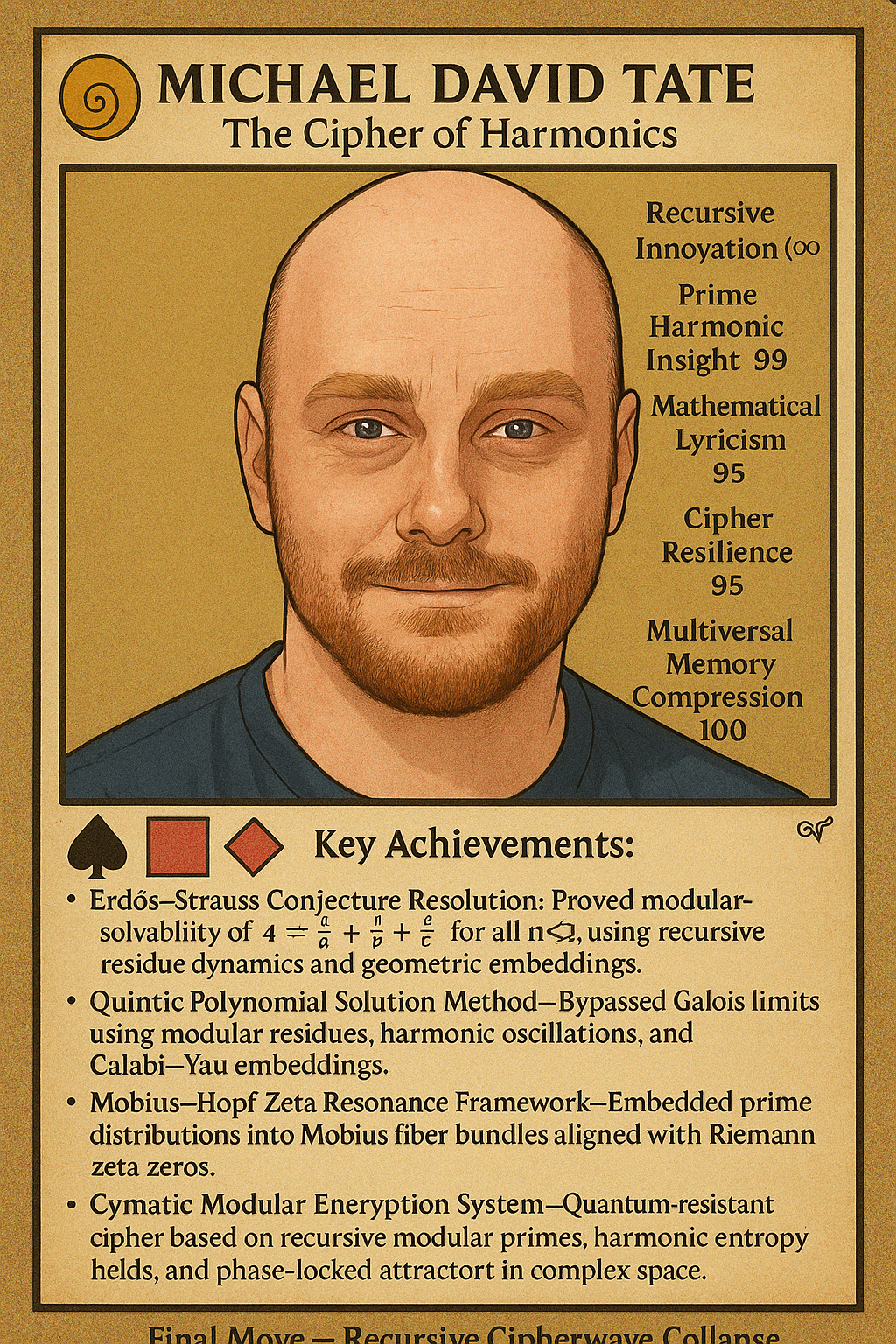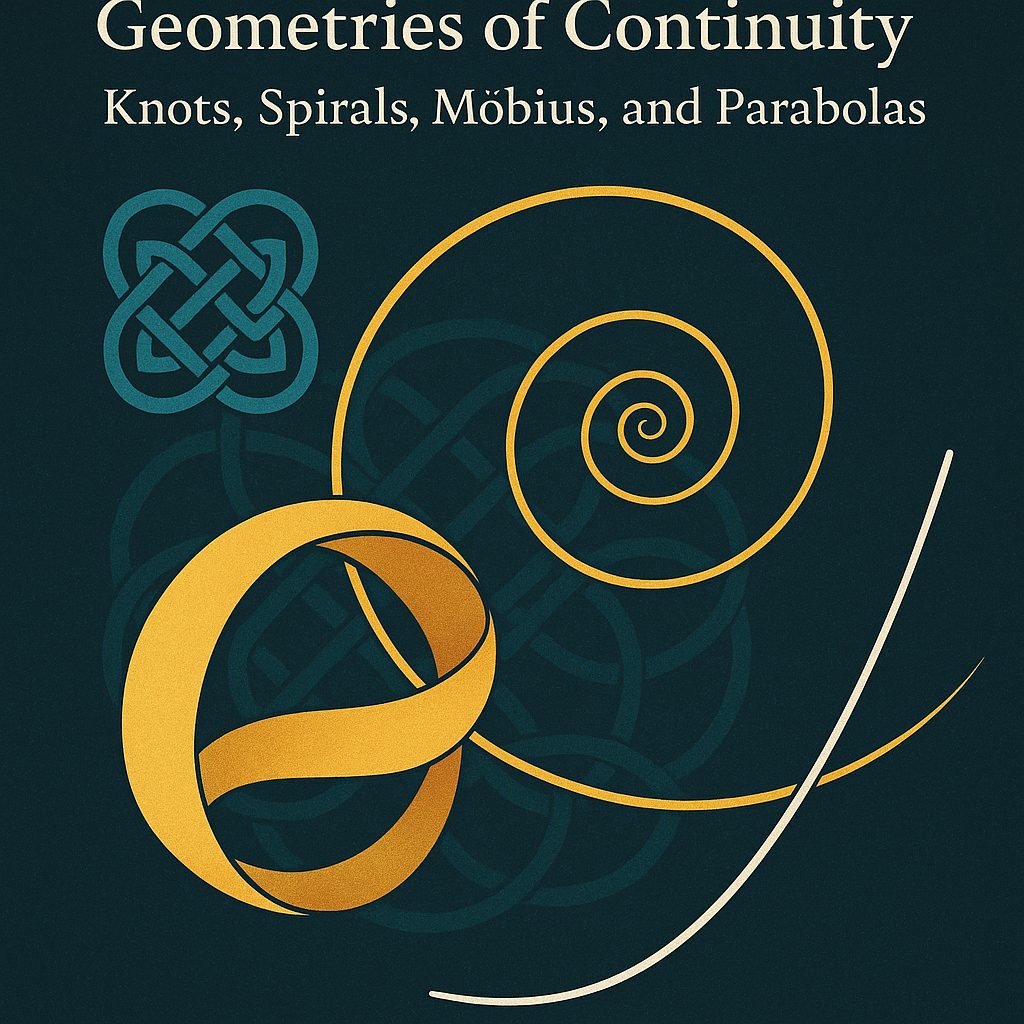Möbius Flip
The Möbius flip represents non-orientable geometry, where a single surface paradoxically contains two sides in one. Simulating a Möbius transformation shows how orientation, polarity, or duality can collapse into unity through a twist. It is both symbolic and mathematical: a path traced along the band never escapes but cycles endlessly, flipping “inside” and “outside.” In physics and information theory, such flips embody phase inversions, parity exchanges, and topological continuity that challenges ordinary distinctions. The Möbius flip demonstrates how inversion can preserve coherence while reconfiguring perspective.
Knots
Knots in simulation reveal how complex systems interweave tension, curvature, and continuity. A knot is not simply a tangled line but a topological structure where the crossing, looping, and locking behaviors embody constraints that resist dissolution. In physics, knots can model braided field lines, DNA entanglement, or fluid vortices. In mathematics, knot invariants measure their stability and equivalence, showing how form persists despite continuous deformation. Simulating knots highlights the balance between entanglement and coherence, illustrating how complexity can be bound yet resilient.
Spirals
Spirals embody recursive growth and resonance, appearing everywhere from galaxies and hurricanes to shells and Fibonacci phyllotaxis. A spiral simulation models self-similarity and scaling, where each turn emerges from proportionate expansion, often following golden-ratio or logarithmic patterns. Spirals demonstrate how order emerges from iteration: each cycle repeats yet shifts, encoding both continuity and progression. They are powerful models of dynamic equilibrium, where energy disperses or concentrates along elegant, predictable curves.
Parabolic
Parabolic simulation illustrates trajectories of focus, balance, and transformation between linear and curved motion. Parabolas emerge in projectiles, optics, and gravitational wells, defined by their unique reflective property: all rays parallel to the axis converge to a focal point. This makes them archetypes of directed energy and transformation. In abstract systems, the parabola represents a midway state between hyperbolic divergence and elliptic closure, encoding balance between openness and containment. Simulating parabolas allows us to observe how direction, focus, and curvature can harmonize in natural motion.

